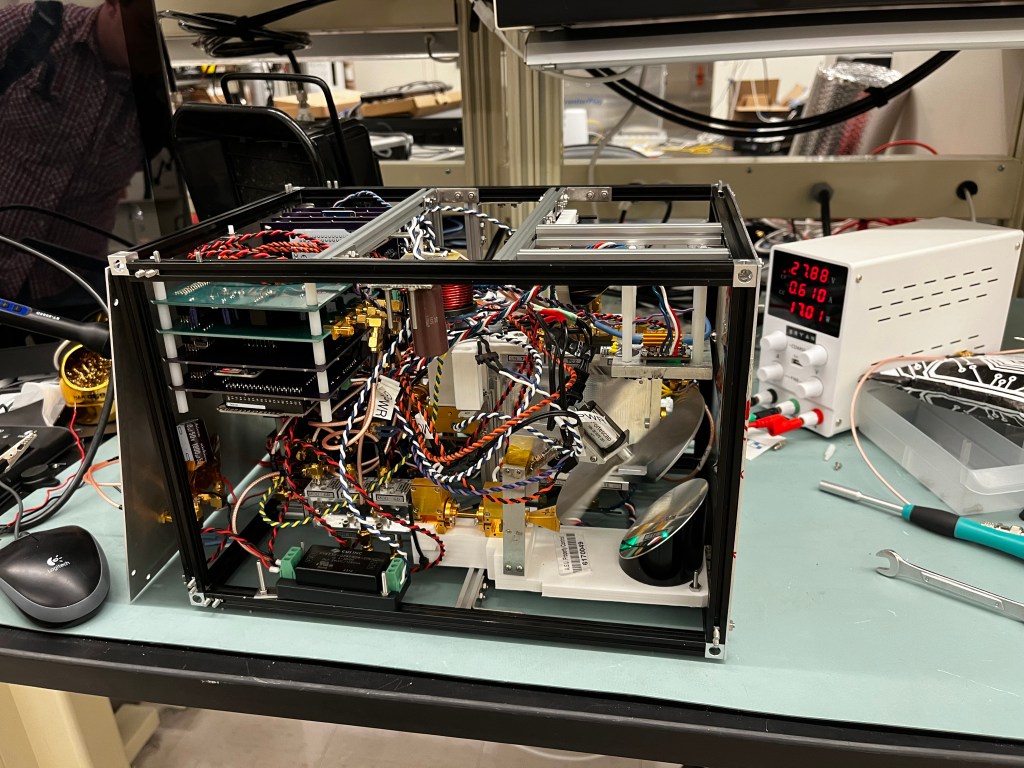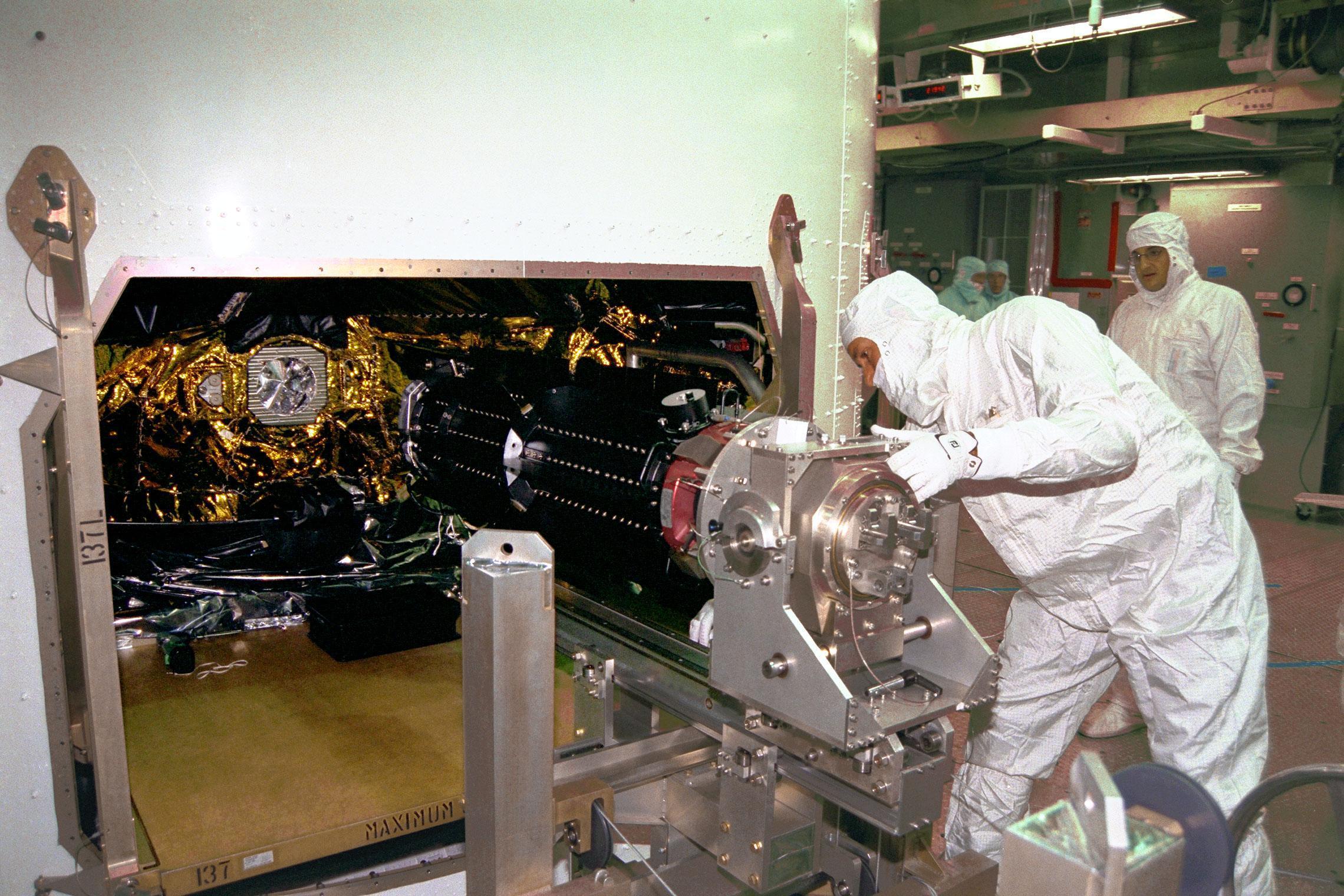


Weather Forecasting and Radiation Monitoring on a Long-Duration Balloon Flight
FLIGHT SUMMARY
Two payloads successfully flew a four-week test aboard a World View high-altitude balloon with support from NASA’s Flight Opportunities program.
Reaching altitudes up to 81,000 feet, the World View high-altitude balloon carried the Space Environment Technologies’ Automated Radiation Measurements for Aerospace Safety (ARMAS) Dual Monitor technology as well as the CubeSounder weather forecasting technology developed by researchers Arizona State University in Tempe. Data collected during this 28-day flight is helping advance these technologies.
For four weeks straight, ARMAS performed 24/7 radiation monitoring at aviation altitudes for the first time ever. Designed to enhance aviation safety by monitoring radiation exposure from cosmic rays, solar particles, and Van Allen Belt particles, ARMAS measured the full column of radiation at various altitudes within the same time and location using total ionizing dose and gamma ray instruments. ARMAS also has support from NASA’s SBIR (Small Business Innovation Research) program.
CubeSounder collected data to help validate its high-altitude performance. CubeSounder is a compact 3D imaging sensor that collects atmospheric temperature and humidity data as 3D images for weather forecasting in a significantly smaller package than current atmospheric sounders.
flight provider
World View
Flight Test Platform
High-altitude balloon
flight dates
August 31-September 27, 2024
location
Page, Arizona
Related news
The photos along the top of this page are courtesy of World View (left and right) and Sean Bryan, Arizona State University (center).




































